We may earn money or products from the companies mentioned in this post. This means if you click on the link and purchase the item, I will receive a small commission at no extra cost to you … you’re just helping re-supply our family’s travel fund.
Some cities make movement feel effortless. Trains arrive on cadence, buses glide into dedicated lanes, and bike shares knit neighborhoods into a single map. Transit apps reduce guessing, while stations fold markets, libraries, and art into the commute. What this builds is more than convenience. It is a daily promise that work, school, and play sit within reach without a parking search. The bonus is air that smells cleaner and streets that sound like people, not engines.
Tokyo, Japan
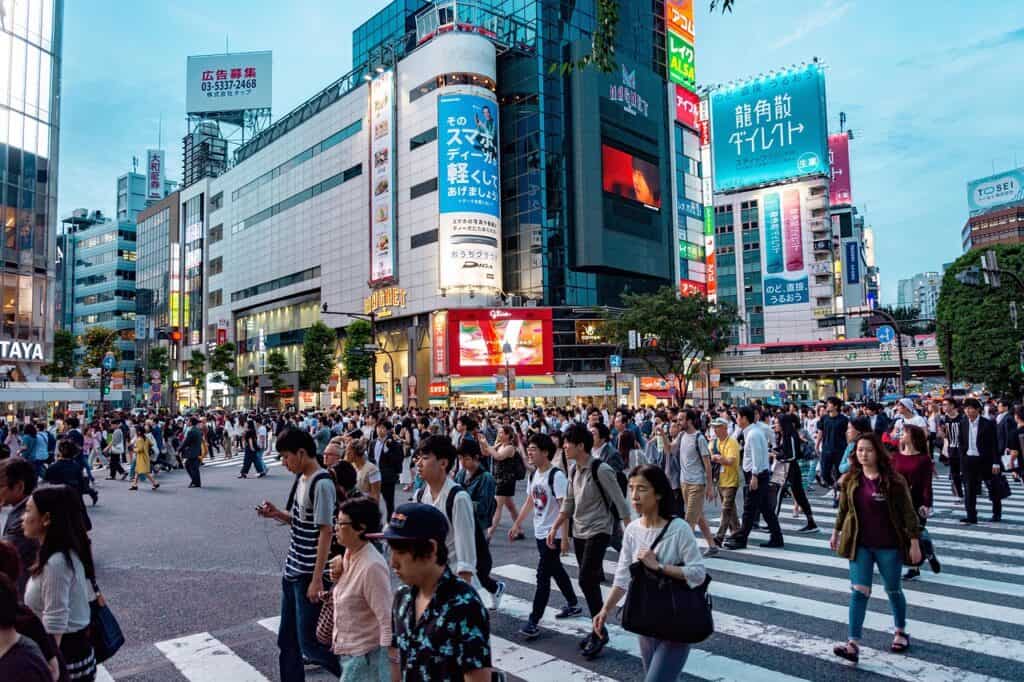
Tokyo runs on precision and density. Metro, JR lines, and private rail weave a network where wait times often sit under four minutes and transfers feel intuitive. Neighborhoods layer convenience stores, clinics, and parks within a short walk of the gates. Etiquette keeps cars quiet, while signs and color coding keep visitors steady. Even late night, limited express trains carry the city home with calm efficiency. A Suica or Pasmo card turns the whole capital into one wallet.
Seoul, South Korea
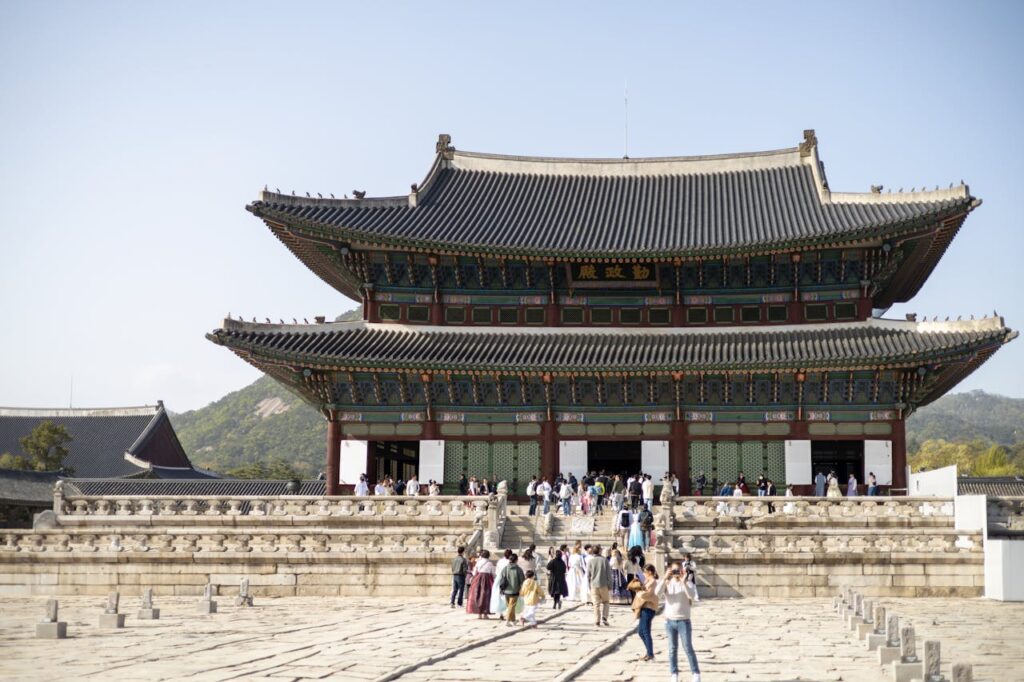
Seoul’s subway stretches far beyond the core, air conditioned and reliable, with platform screen doors and clear bilingual signage. T money taps work across trains, buses, and convenience stores, trimming friction to seconds. Stations open into food halls and study spaces that invite lingering. Late service anchors the nightlife, and riverside bike paths stitch districts into scenic commutes. The system’s strength is its balance of speed and softness, moving millions while keeping daily rhythms intact.
Singapore
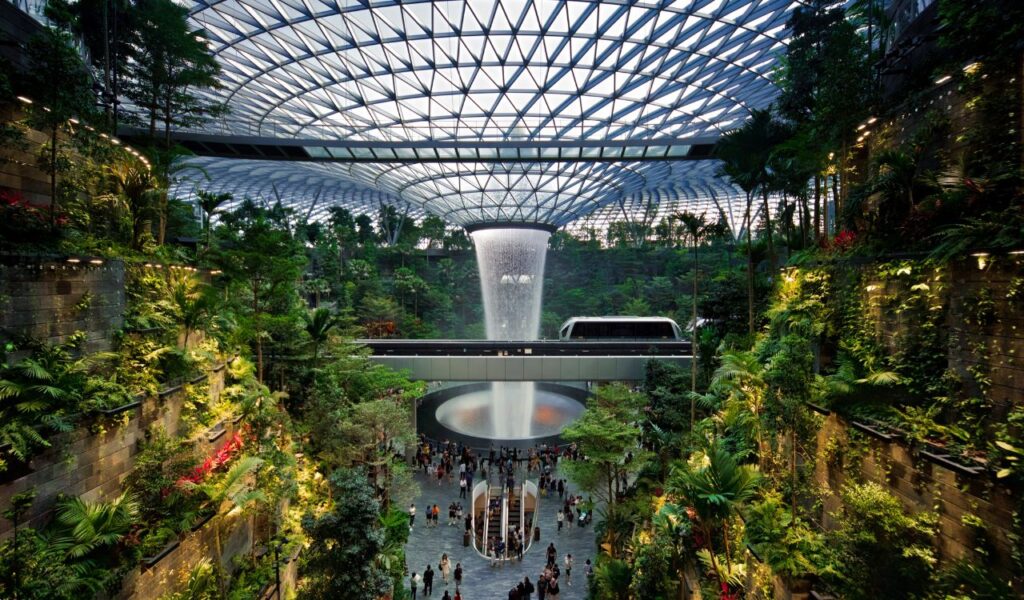
Singapore treats transit as citywide service. MRT lines run clean and frequent, linked by buses that hold schedules even in rainstorms. Stations double as civic rooms with clinics, groceries, and hawker centers a short walk away. Tap cards cap daily fares, so exploring never feels risky. Pedestrian paths and shaded connectors protect from heat, while strict rules keep taxis honest and lanes clear. The result is a network that makes planning easy and punctuality normal.
Hong Kong
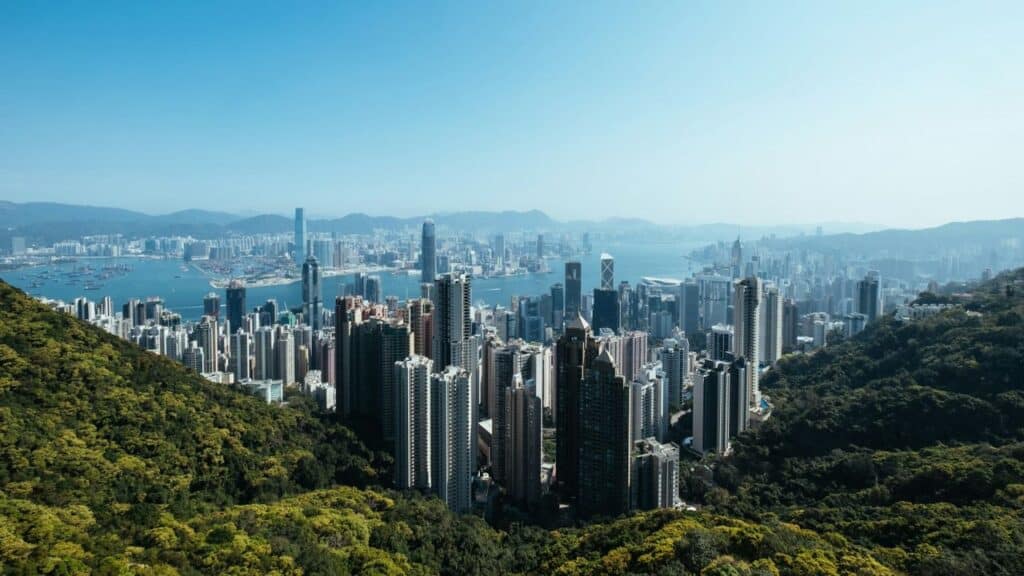
MTR trains arrive with metronome regularity, escalators carry hills with grace, and ferries turn harbor crossings into small breathers. Octopus cards unify payment across rail, buses, trams, and corner shops. Stations land exactly where errands live, from wet markets to clinics, which shrinks distance in a busy city. Even during storms, service recovers fast, and clear announcements keep riders oriented. The whole system feels like a promise that the city will meet people halfway.
Zurich, Switzerland
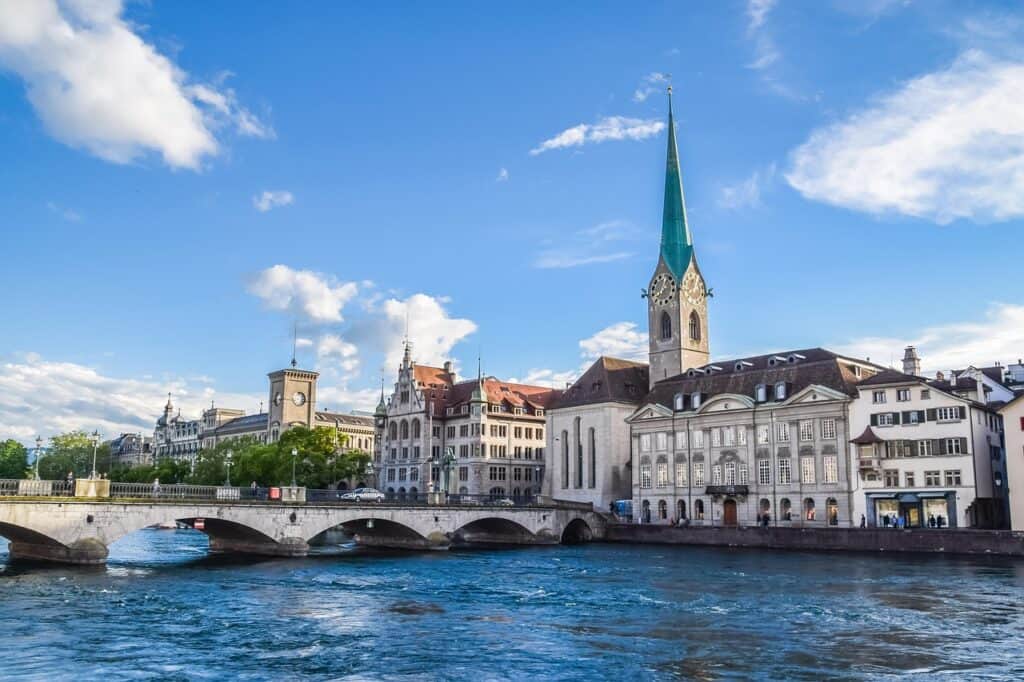
Zurich moves with quiet confidence. S Bahn, trams, and boats share a clock face schedule that makes transfers feel choreographed rather than chancy. One ticket unlocks lake ferries, mountain funiculars, and cross town trams, so planning becomes play. Vehicles run clean and punctual even in snow, while stops sit beside bakeries and parks that soften commutes. The city proves reliability is a public luxury, one that pays back in calmer streets and fewer wasted minutes.
Vienna, Austria
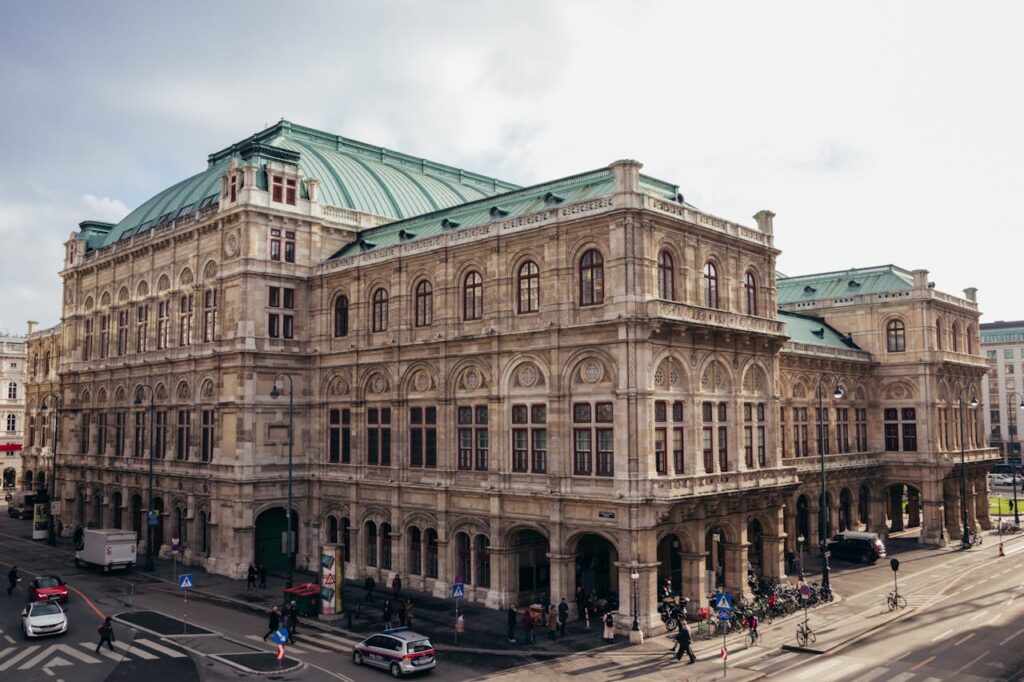
Vienna’s U Bahn, trams, and buses mesh into a grid where no corner feels remote. Stations are lit, signed, and often within sight of museums, concert halls, and neighborhood markets. All night weekend service supports culture without car keys, and yearly passes keep costs predictable. Trams claim their lanes with quiet authority, gliding past baroque facades and new housing with equal ease. The civic message is clear. Beautiful cities work best when movement is a shared asset.
Paris, France
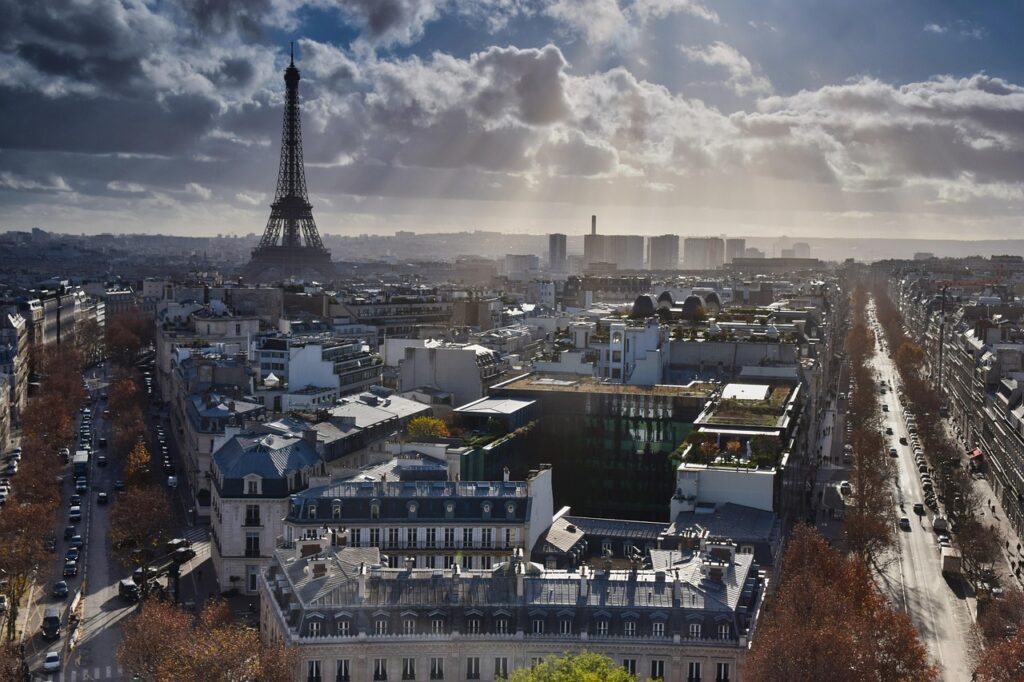
Paris layers metro lines, RER tunnels, trams, and bus lanes into a network that makes cross town trips feel like short essays, not chores. Stations double as galleries and markets, while bike shares handle final meters on streets steadily gaining protected lanes. Navigo passes simplify fares for residents and guests. Even during strikes, the city flexes rather than freezes, and walking remains a pleasure between nodes. Transit here is part of the culture, not an afterthought.
London, United Kingdom
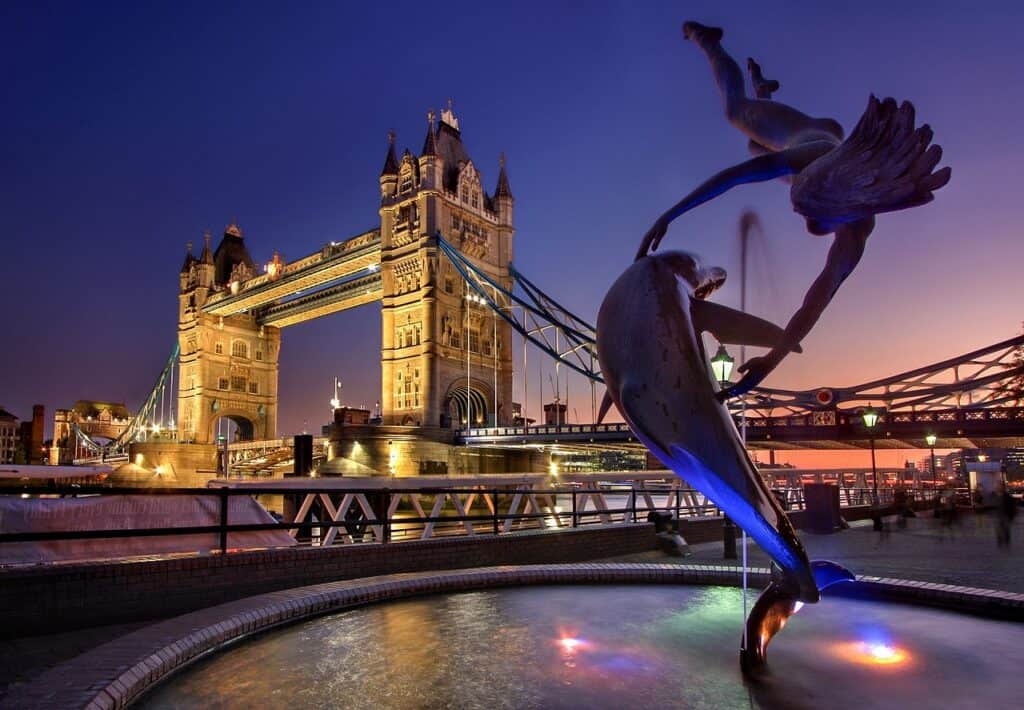
The Tube, Overground, DLR, and a deep bus network turn London into a series of reachable villages. Oyster and contactless capping remove fare anxiety, while frequent service cuts waits to minutes on central lines. Elizabeth line tunnels stitched distant suburbs into the core with fast, airy platforms. Wayfinding stays friendly with Legible London maps at street level. Add river boats and bikes, and the city offers options for every budget and energy level without a car.
New York City, USA
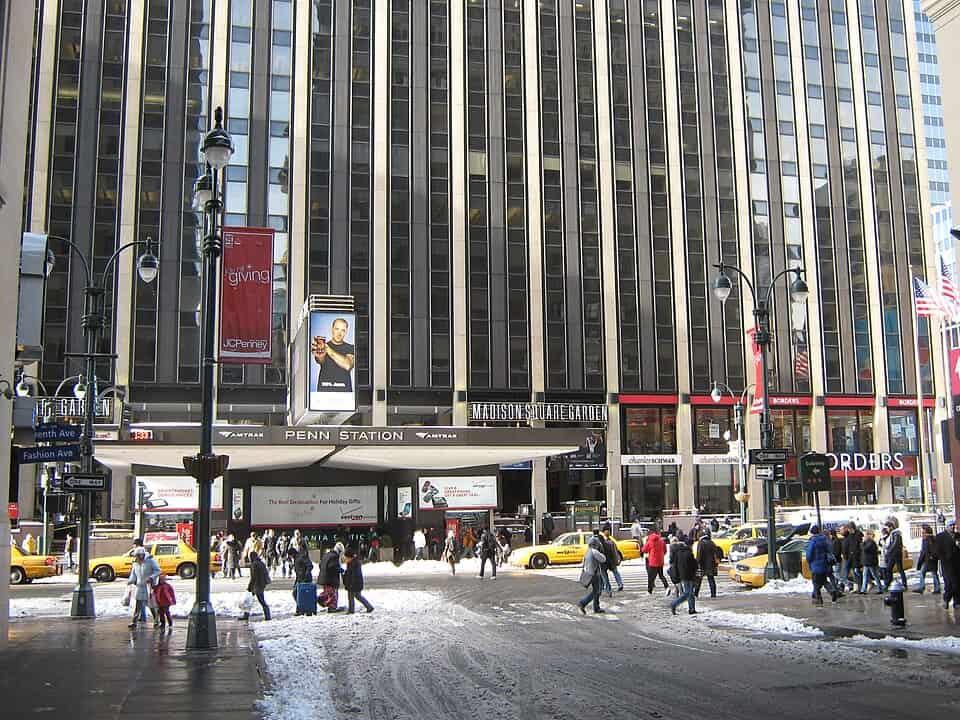
New York’s subway runs 24 hours, which changes everything. Trains link boroughs at all hours, buses fill gaps with all door boarding, and ferry routes open harbor shortcuts. OMNY tap payment helps newcomers, while dense stations mean most errands sit within one stop and a short walk. Yes, delays happen, yet frequency and coverage keep the city moving. Neighborhoods feel closer than their miles suggest, and late night shifts still end with a direct ride home.
Montreal, Canada
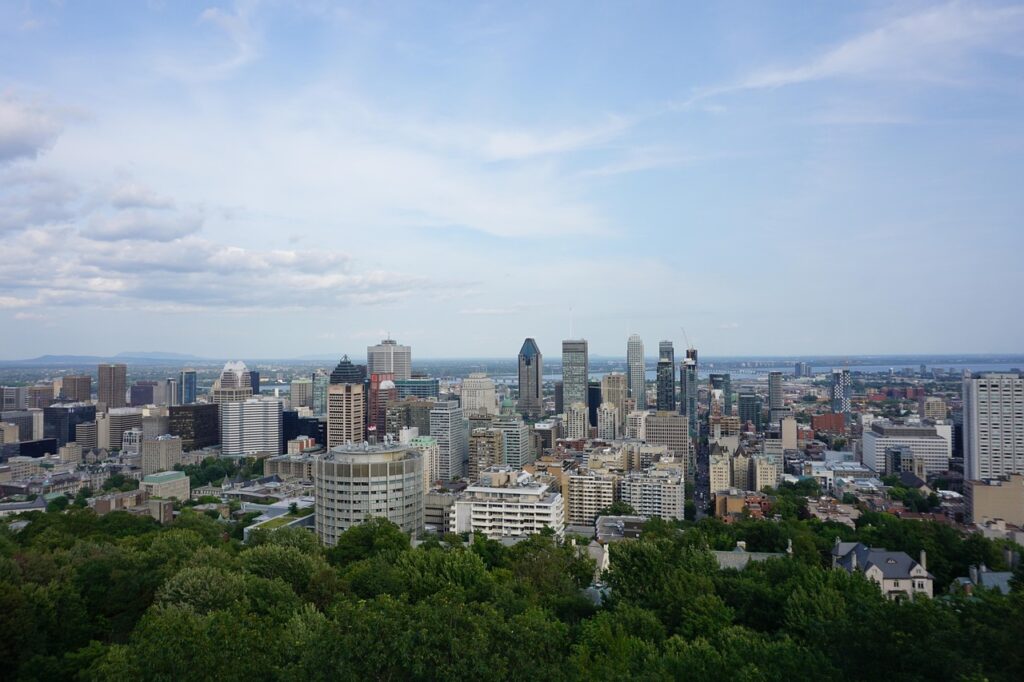
Montreal’s rubber tired metro glides through art filled stations, connected to buses that own their lanes on key corridors. The REM adds speed and reach, tying suburbs into the core with driverless consistency. Bixi bikes fill the shoulder seasons, and winter plowing keeps sidewalks honest. Wayfinding is bilingual and clear. The city’s rhythm feels tailored to transit, from festivals on pedestrianized streets to markets placed near stations so groceries ride home under a warm roof.
Copenhagen, Denmark
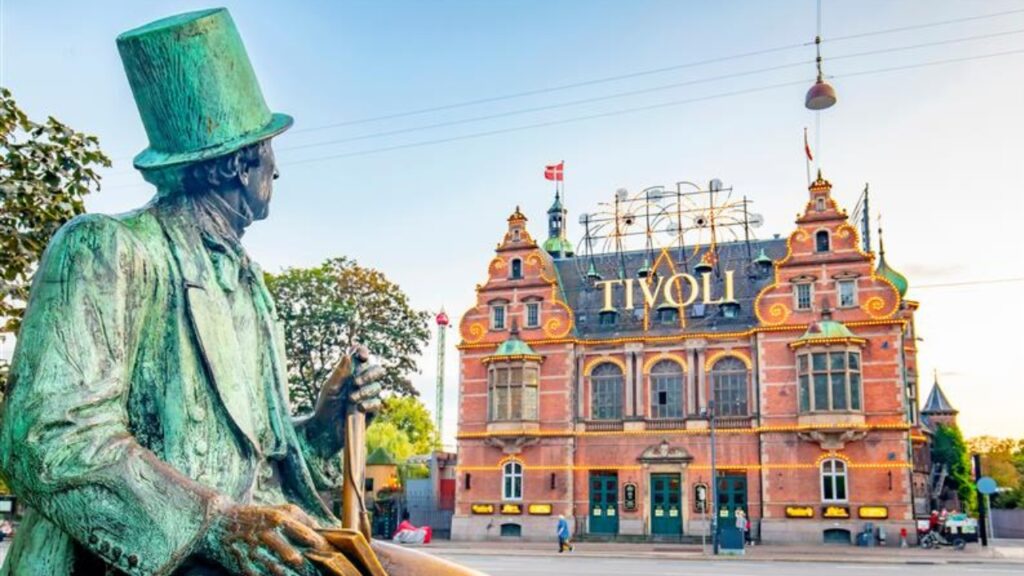
Copenhagen treats cycling and transit as partners. Driverless metro trains arrive often, even late, while S trains and harbor buses broaden the map. Bike lanes hold their space with curbs and lights that favor steady pedaling. Transfers feel natural because destinations align with stations rather than fight them. A single card covers modes, and signs keep routes simple. The result is a city where errands, school, and evenings out stack neatly without reaching for car keys.
Amsterdam, Netherlands
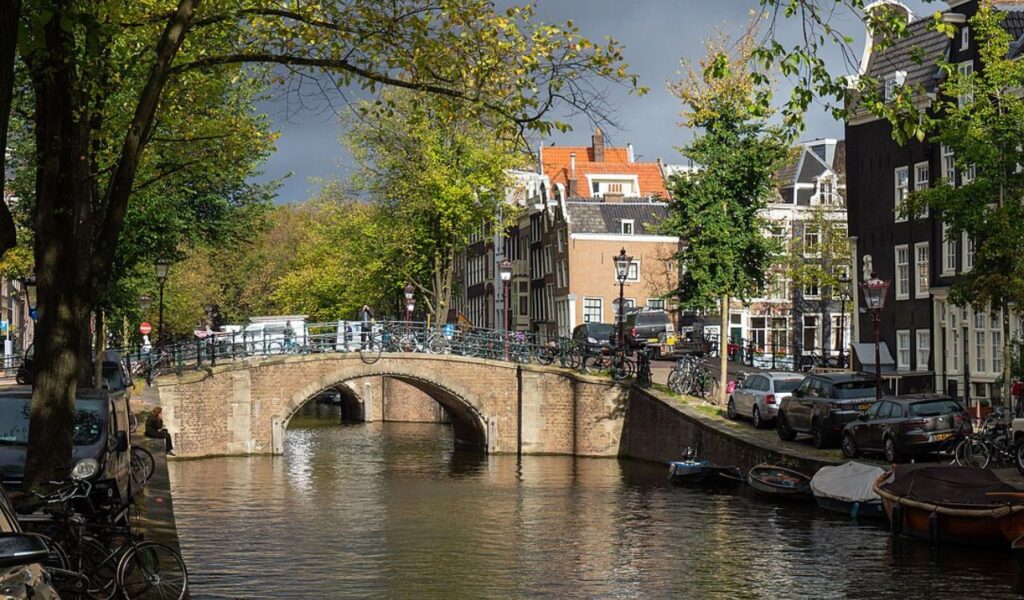
Trams rule the center with steady cadence, ferries shuttle across the IJ for free, and metro lines carry longer hops under canals and brick. OV chip cards and contactless taps make payment a background detail. Cycling fills the fine grain, with protected lanes and parking that actually fits demand. The blend turns days into calm sequences of short rides. Even rain does not break the spell, as shelters and frequent service keep plans intact.
Berlin, Germany
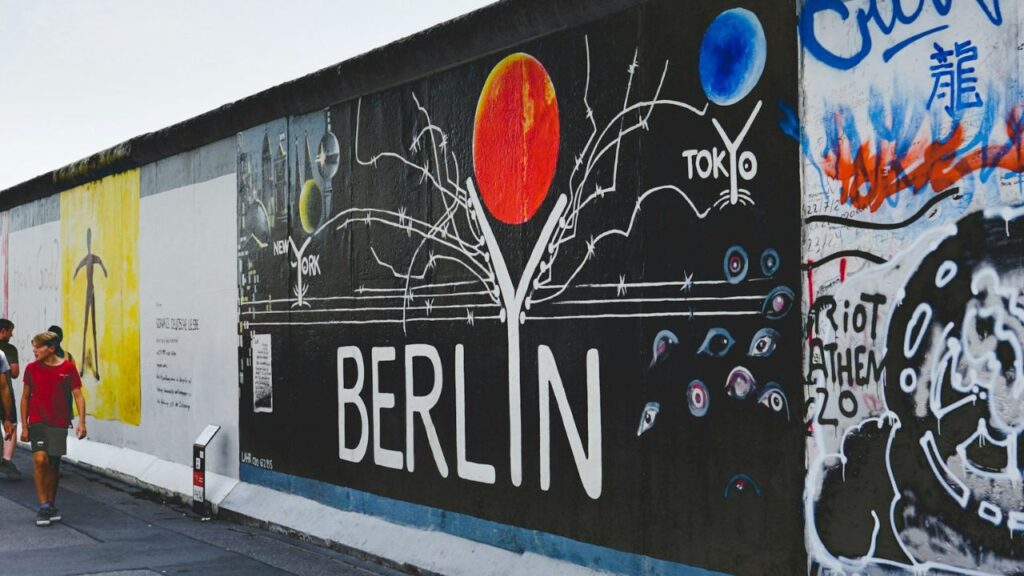
Berlin’s U Bahn, S Bahn, trams, and buses share a simple zone system that rewards exploration. Trains arrive often and reach parks, lakes, and art spaces with the same ease as offices. Stations carry history without making navigation hard, and night lines keep weekends honest. Cycling layers in well, with growing protection on busy avenues. The overall feeling is permission. The city invites people to move widely without cost surprises or long gaps between options.
Other Blog Posts You Might Enjoy
www.idyllicpursuit.com (Article Sourced Website)
#Cities #Public #Transit #Good #Dont #Car #Author #Kathy #Haan
